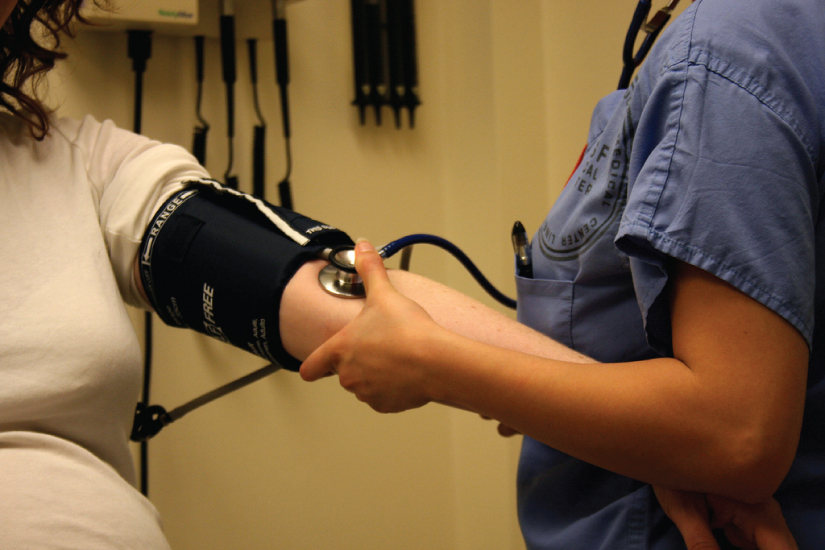
|

1.1 An introduction to the human body Read Online
1.2 The chemical level of organization Read Online

After studying this chapter, you will be able to:
Though you may approach a course in anatomy and physiology strictly as a requirement for your field of study, the knowledge you gain in this course will serve you well in many aspects of your life. An understanding of anatomy and physiology is not only fundamental to any career in the health professions, but it can also benefit your own health. Familiarity with the human body can help you make healthful choices and prompt you to take appropriate action when signs of illness arise. Your knowledge in this field will help you understand news about nutrition, medications, medical devices, and procedures and help you understand genetic or infectious diseases. At some point, everyone will have a problem with some aspect of his or her body and your knowledge can help you to be a better parent, spouse, partner, friend, colleague, or caregiver.
This chapter begins with an overview of anatomy and physiology and a preview of the body regions and functions. It then covers the characteristics of life and how the body works to maintain stable conditions. It introduces a set of standard terms for body structures and for planes and positions in the body that will serve as a foundation for more comprehensive information covered later in the text. It ends with examples of medical imaging used to see inside the living body.
Question: In situations of brain hypoxia/ischemia, how are astrocytes involved in promoting excitotoxicity?
Choices:
they clear ammonia form excitatory synapses
they fail to form tight junctions and allow particles to enter blood brain barrier
they become the site of inflammatory cell accumulation for the brian
they fail to clear glutamate from excitatory synapses
Question: Corona radiata is a specific term for ....
Choices:
softening of pia mater
grey matter
white matter
blood brain barrier
Question: polioencephalomalacia =
Choices:
softening of grey matter of brain
softening of white matter of brain
Question: Which is false regarding the Glial Limiting membrane?
Choices:
condensation of astocytes processes
part of the blood brain barrier
known as the " gate keeper" of the brain
seen grossly as a spongy white layer under pia mater
All of the above are true
Question: Pachymeningitis is inflammation of the.....
Choices:
Dura mater
Arachnoid
Pia Mater
Cerebellum
Ventricles
Question: Hydranencephaly results from destruction of the parenchyma of the cerebral hemispheres. True/False
Choices:
True
False
Question: A subdural hematoma is hemorrhage under which meninges layer?
Choices:
dura mater
arachnoid
pia mater
Question: Neurons cannot divide because they do not have the organelles or centrioles that allow cell division. true /false
Choices:
True
False
Question: What site is affected by Epsilon toxin from clostridium type D in sheep with enterotoxemia?
Choices:
Cerebellum
Falx cerebri
Rhinencephalon
Caudate nucleus
Question: What is the most vulnerable part of brain during intracranial pressure?
Choices:
Cerebrum
Cerebellum
Ventricles
Pituitary gland
Question: Perinatal infection of cats with parvovirus can result in what lesion?
Choices:
polioencephalomalacia
leukoencephalomalacia
cerebellar hypolplasia
poliomyelitis
hematoma of subdural space